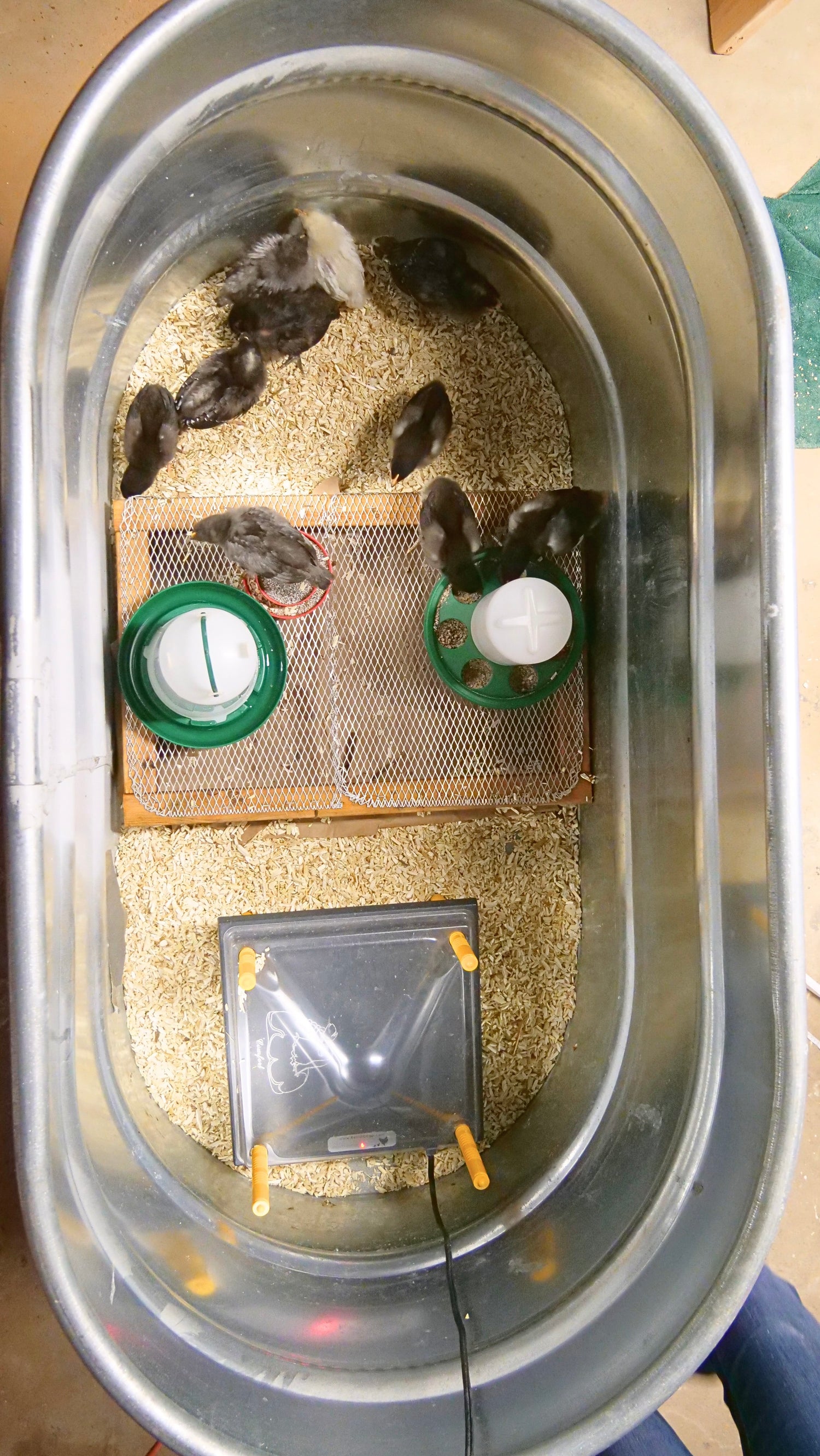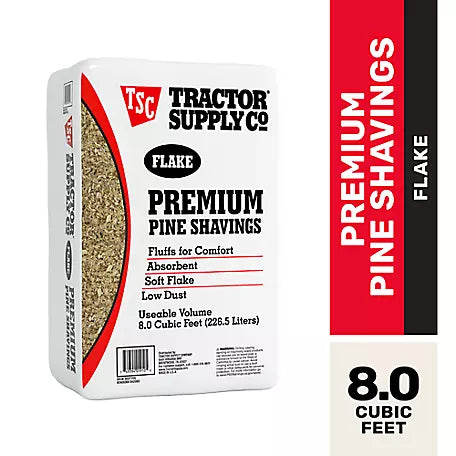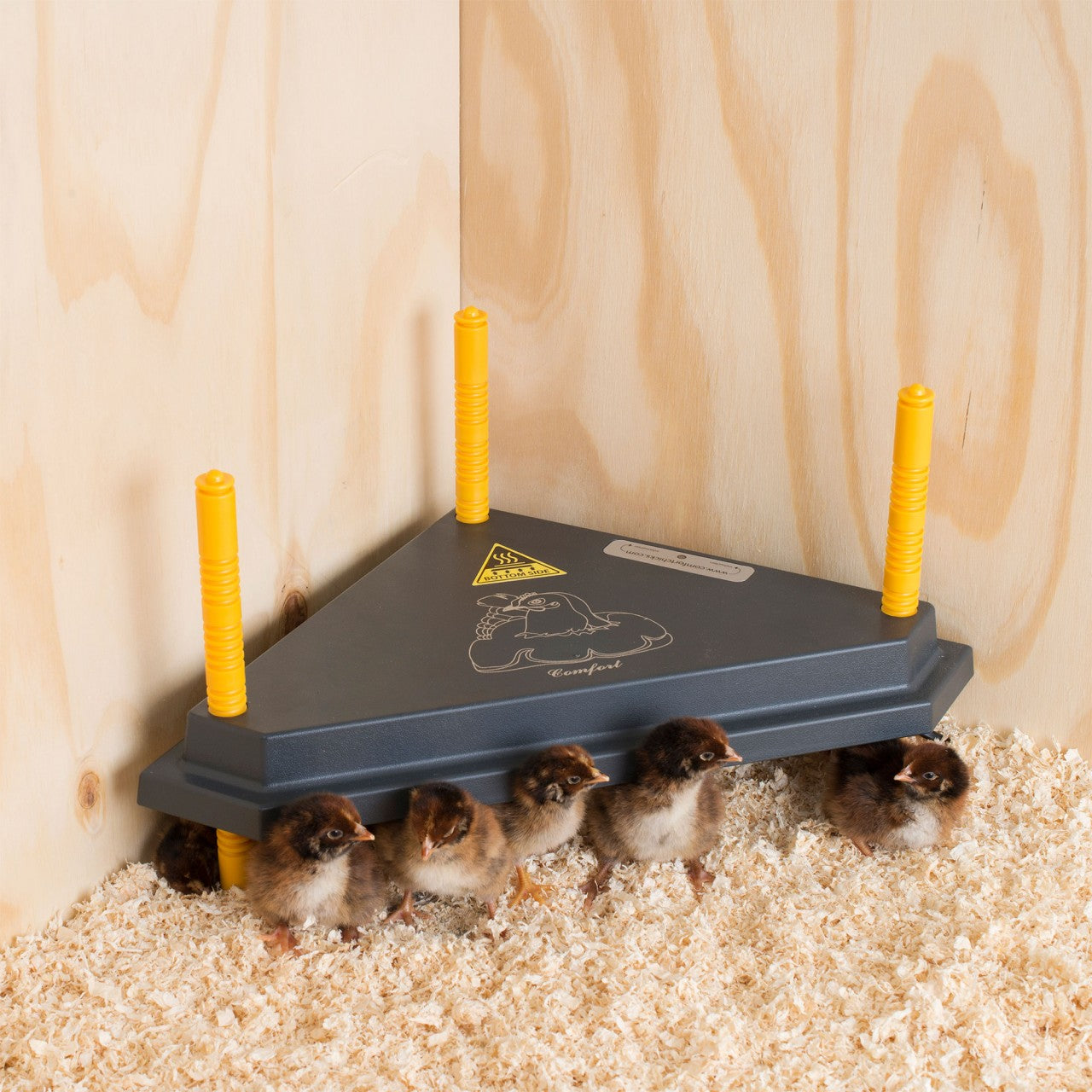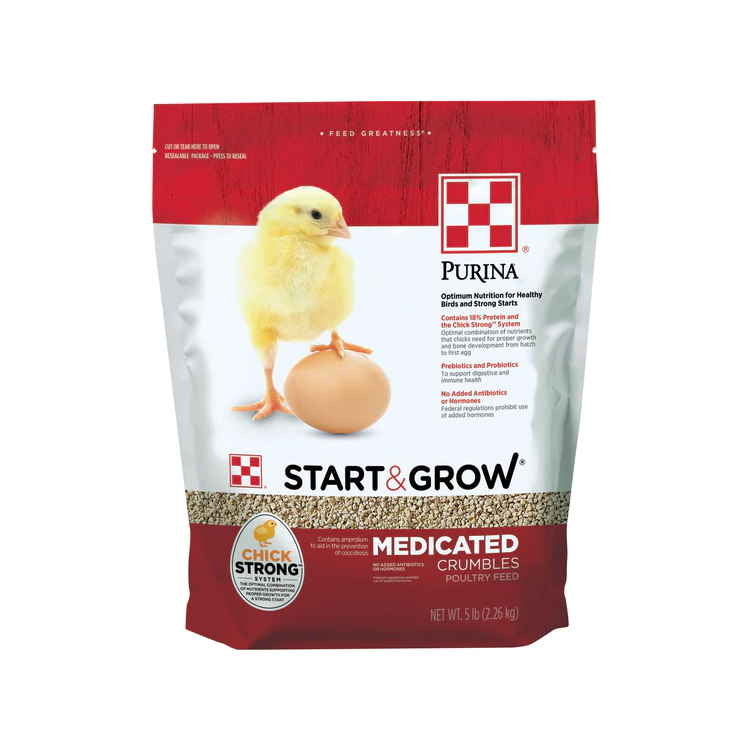Preparing for your chicks arrival!

Setting up your Brooder
▫️Size & Shape: A spacious brooder with at least 2 square feet per chick is ideal. A round or oval brooder is best because square corners can cause chicks to pile up, leading to suffocation.
▫️Material: Large plastic tubs, metal stock tanks, or wooden boxes work well. Avoid cardboard, as it absorbs moisture and can collapse.
▫️Sides: Should be at least 18 inches high to prevent chicks from jumping out. A mesh cover can help keep them contained while allowing airflow.

Bedding
Bedding absorbs moisture, reduces odor, and provides traction for the chicks. Recommended options include:
🟢Pine shavings- Absorbent, cost-effective, and safe.
🟢Chopped straw- Good option, though it requires more frequent changing.
🟢Rubber mats with paper towels (for the first few days)- Prevents slipping and helps chicks learn to eat properly.
🔴Avoid cedar shavings- The strong aroma can cause respiratory issues.
🔴Avoid newspaper- Too slippery, leading to splayed legs.

Heat sources
Chicks cannot regulate their body temperature for the first few weeks, so maintaining the correct brooder temperature is crucial.
▫️Heat Lamp (250W Red Bulb)- Keep at a safe distance (18-24 inches) to prevent overheating.
▫️Radiant Heat Plate- Mimics a mother hen and is a safer alternative to heat lamps.
Temperature Guide (Measured at chick level):
Week 1 : 95°F
Week 2 : 90°F
Week 3 : 85°F
Week 4 : 80°F
Week 5 : 75°F
Week 6 : 70°F
Signs of incorrect temperature:
🔴Too cold- Chicks huddle together, chirping loudly.
🔴Too hot- Chicks spread out, panting or avoiding the heat source.

Food & Water
Chicks require proper nutrition and hydration from the moment they arrive.
▫️Feeder: Use a shallow chick feeder to prevent food waste and contamination.
▫️Waterer: A shallow chick waterer with pebbles prevents drowning.
Feed Options:
▫️Medicated chick starter (20% protein)- Helps prevent coccidiosis in flocks without vaccinations.
▫️Non-medicated chick starter (20% protein)- Best if chicks are vaccinated for coccidiosis.
